Get Nerdy With Me: All About Lye

One of the most common questions I get is: “Do you make lye soap?” Sometimes people are excited about it, thinking of lye soap as a cure-all for things like poison ivy. Other times, they’re a little nervous, imagining lye soap as something harsh or even dangerous.
Here’s the deal: when it comes to lye in soap, there are two simple truths:
- Soap cannot exist without lye.
- Properly made soap has no lye left in it.
Let’s dive into what that means and why it’s not as scary as it sounds!
What is soap, really?
At its core, soap is just saponified oils. (Fancy word, right?) Oils are made up of fatty acids, and to transform those fatty acids into soap, you need a highly alkaline substance like lye.
When you check out the ingredients on a bar of soap, you might see lye listed as sodium hydroxide for solid soaps or potassium hydroxide for liquid ones.
But isn't lye dangerous?
Before saponification, yes. Lye by itself is caustic. That is why you will always see me wearing gloves in my videos when making soap. However, lye is not harmful when used properly. Did you know that pretzels are usually dipped in a lye solution prior to cooking? It gives them that shiny exterior.
Through the saponification process, the lye and oils go through a chemical change to become a new substance - soap! As long as the proper amount of lye was used, there is no lye left in the finished product, making it completely safe. Additionally, well-made soap should also have a superfat, making the soap not only safe, but soothing.
What is a superfat?
The superfat is what makes handcrafted soap great! To explain, we need to do a little math.
Every oil has a saponification value. This value shows how many milligrams of lye are needed to saponify a gram of the oil. To make that simpler, let's use an example. Shea butter has a saponification value of .13. If I mix .13mg of sodium hydroxide lye with 1g of shea butter, it will become soap. There will be no shea butter or lye left at the end of the process - only soap.
If I want a superfat, I need to add less lye than necessary. In the shea butter example, I may use .13mg of sodium hydroxide and 1.2g of shea butter. That would mean that .13mg of lye and 1g of shea butter is saponified, but .2g of shea butter does not go through the saponification process. That .2g is left to condition the newly cleansed skin. All Bubbly Ducky soaps have a luxurious superfat that creates a lotion-like lather and helps to condition.
Why did someone tell me that their soap is made without lye?
Great question! If someone claims their soap doesn’t contain lye, one of these things is probably happening:
-
They’re using a premade soap base.
Some makers use what’s called “melt-and-pour” soap. This is soap that’s already been made (with lye!) and sold as a base. The maker melts it down, adds their own colors, scents, or additives, and pours it into molds. While they didn’t handle the lye directly, it was still part of the original process. -
It’s not actually soap.
Many body washes, bars, and cleansers on the market aren’t true soap—they’re detergents. Unlike soap (which is made from saponified oils), detergents use synthetic surfactants to cleanse. Check the ingredients list; if it’s full of unpronounceable chemicals, it’s likely a detergent. -
There’s confusion about the term “lye.”
I’ve seen some makers say their soap is made with sodium hydroxide but not lye. The thing is, sodium hydroxide and lye are the same thing—just different names!
In most cases, there’s no harm intended—it’s just a misunderstanding of the terminology.
Sum It Up (Quick Facts)
Here are the key takeaways about lye and soap:
- Soap cannot be made without lye.
- Properly made soap has no lye left in it.
- Good soap is superfatted, making it gentle and nourishing for your skin.
I hope that clears up any confusion! Got more questions? Drop a comment below or email me at hello@bubblyducky.com—I’d love to hear from you!




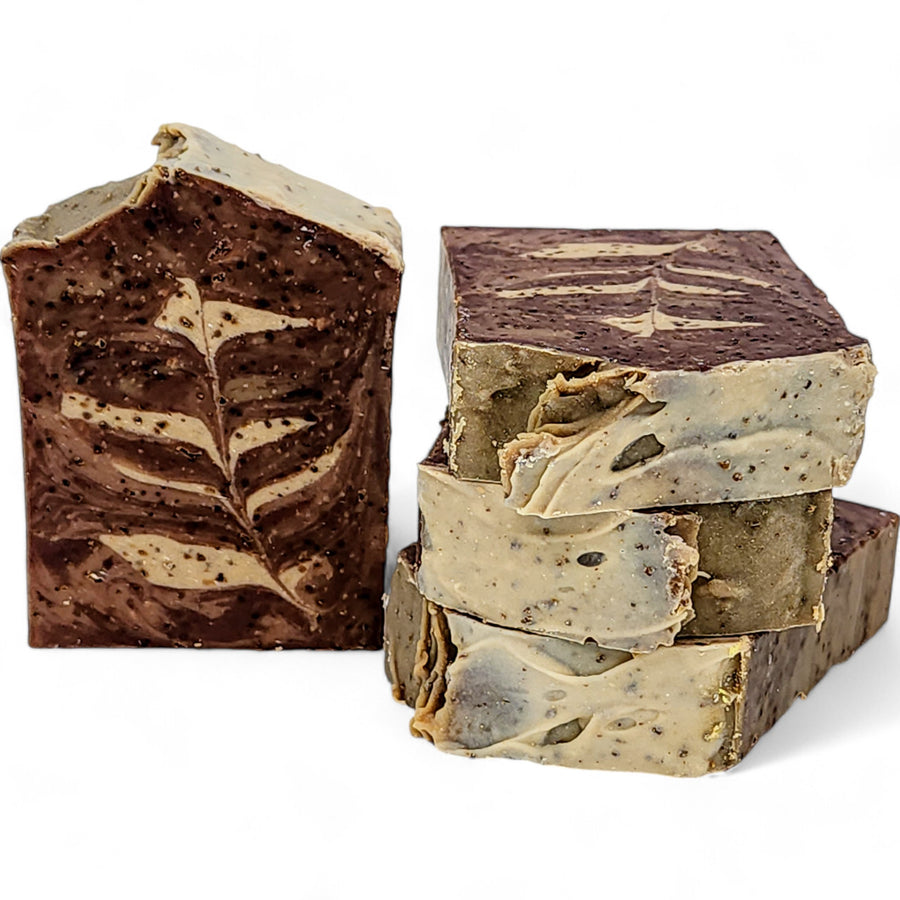
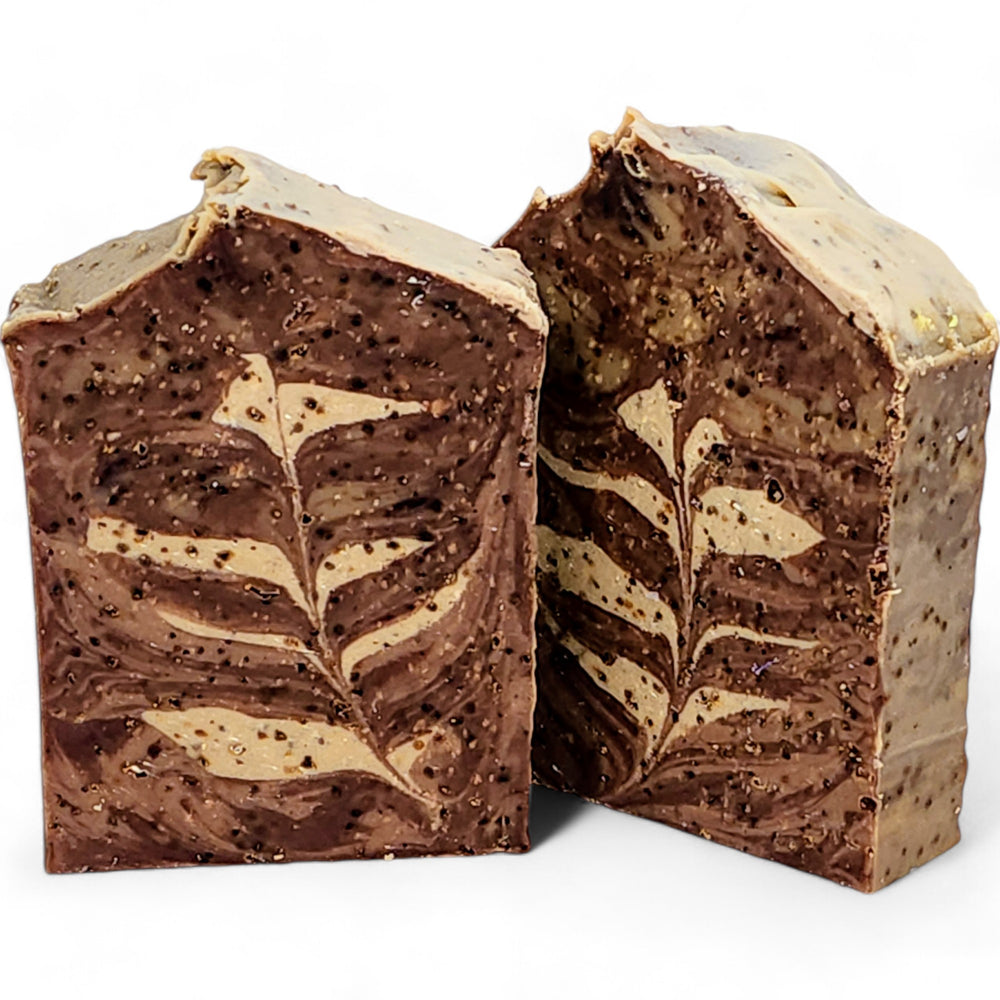




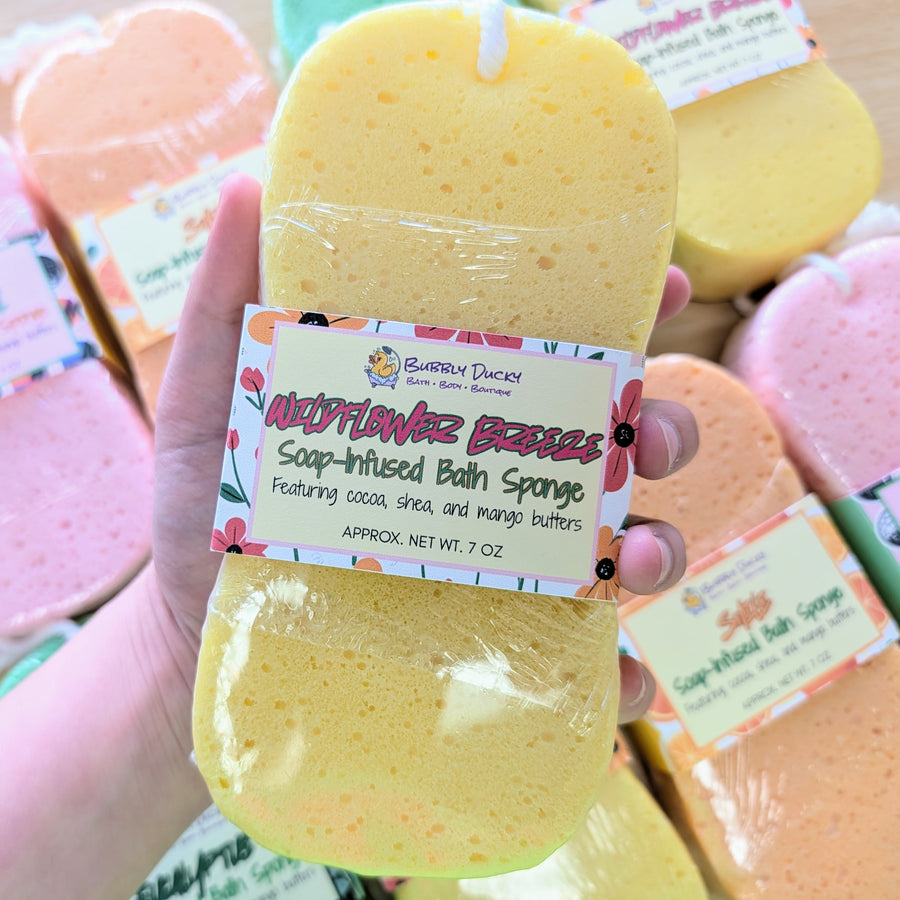
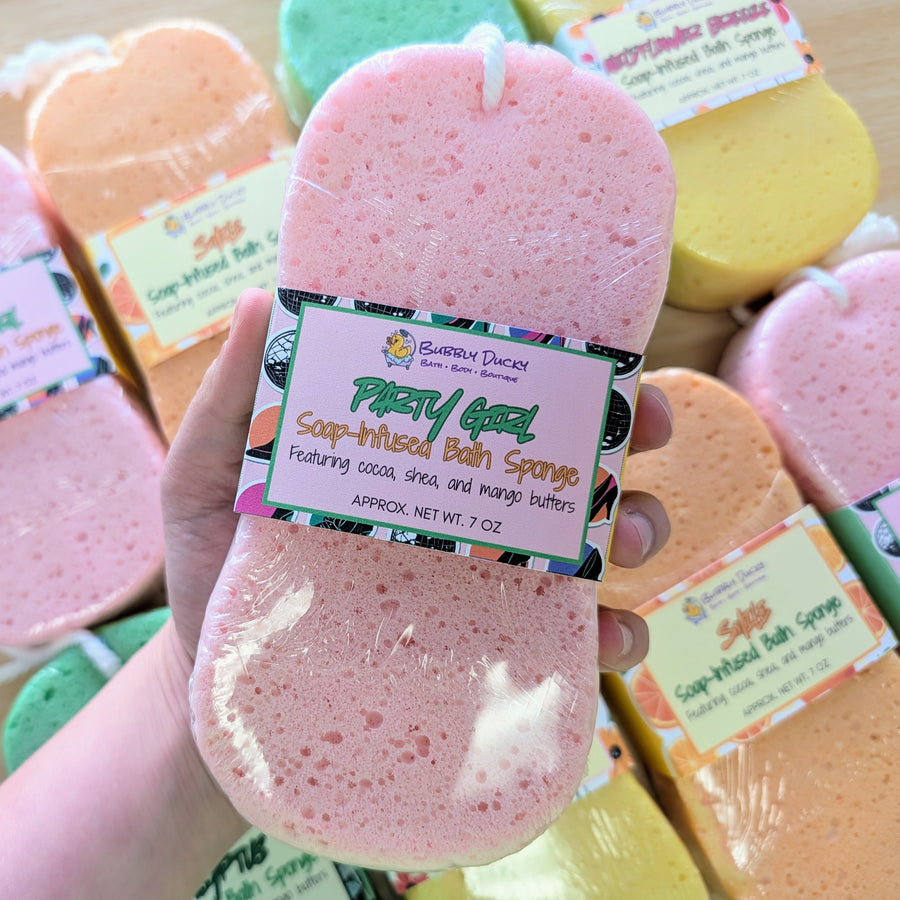
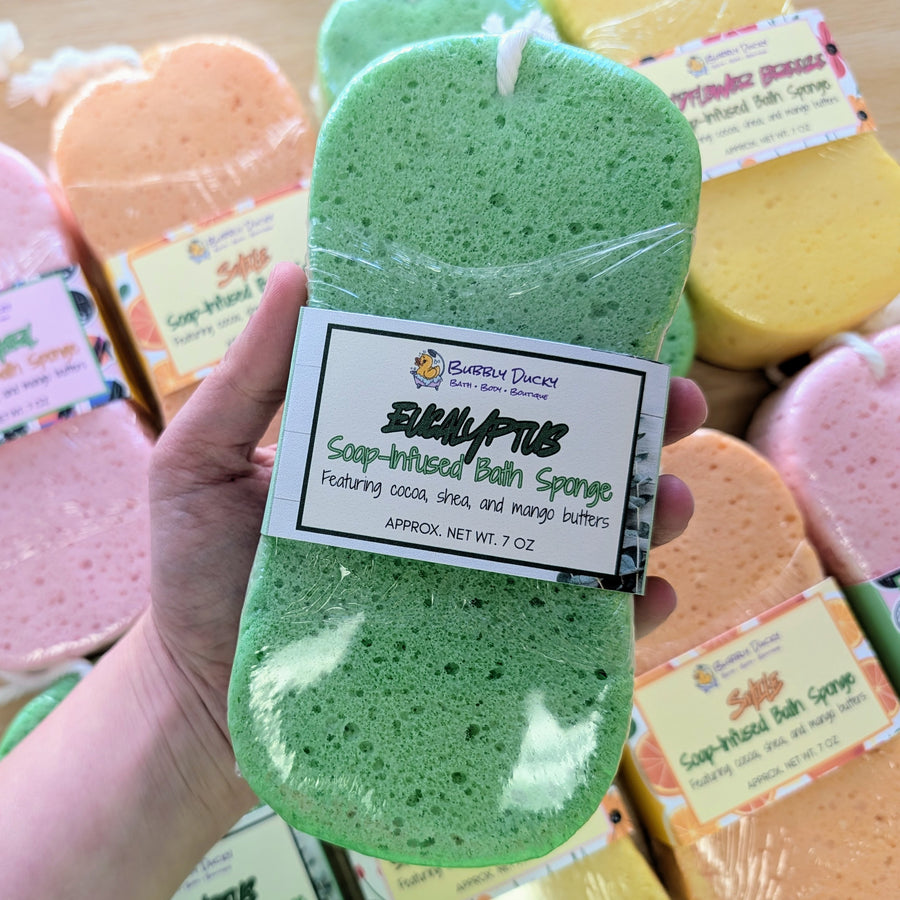
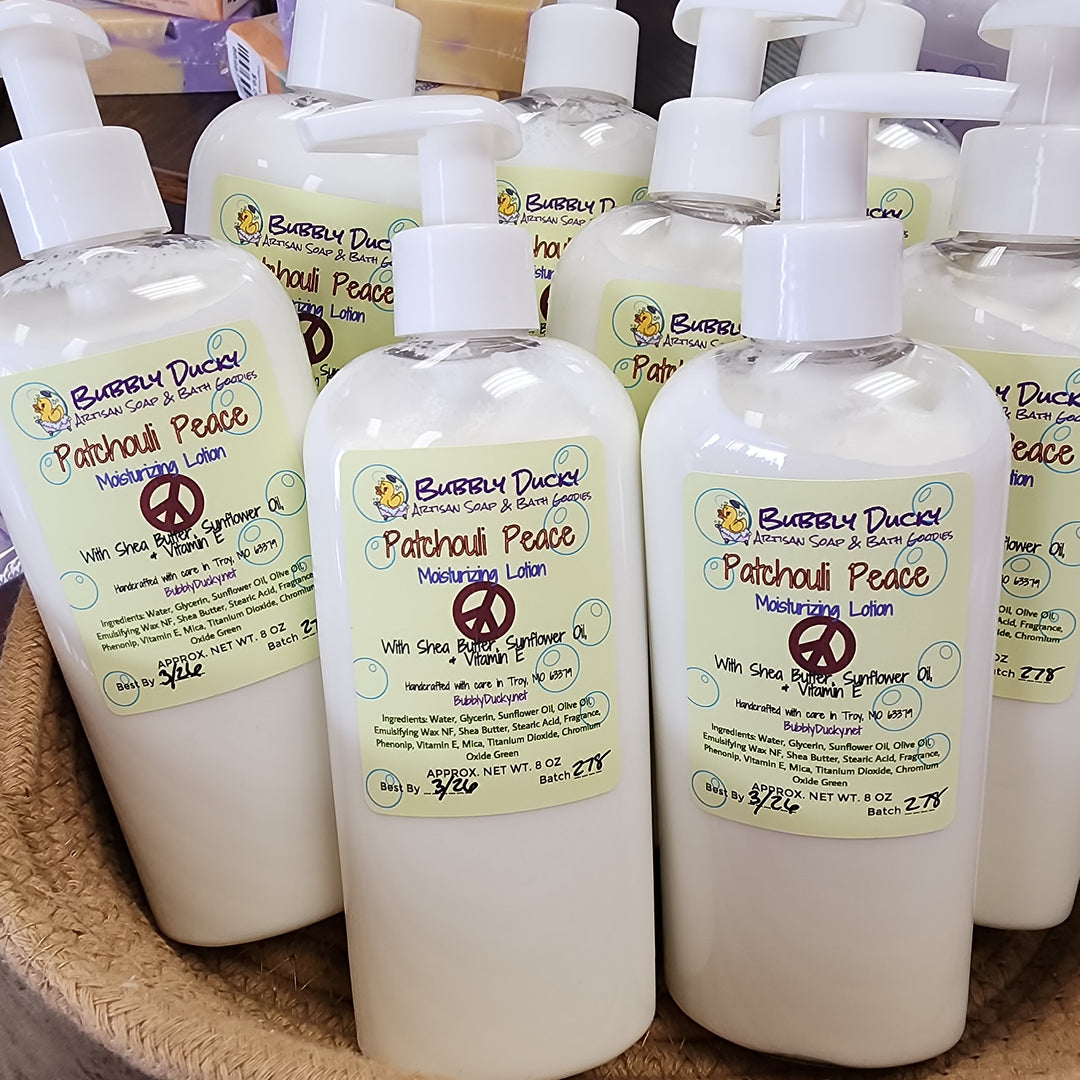
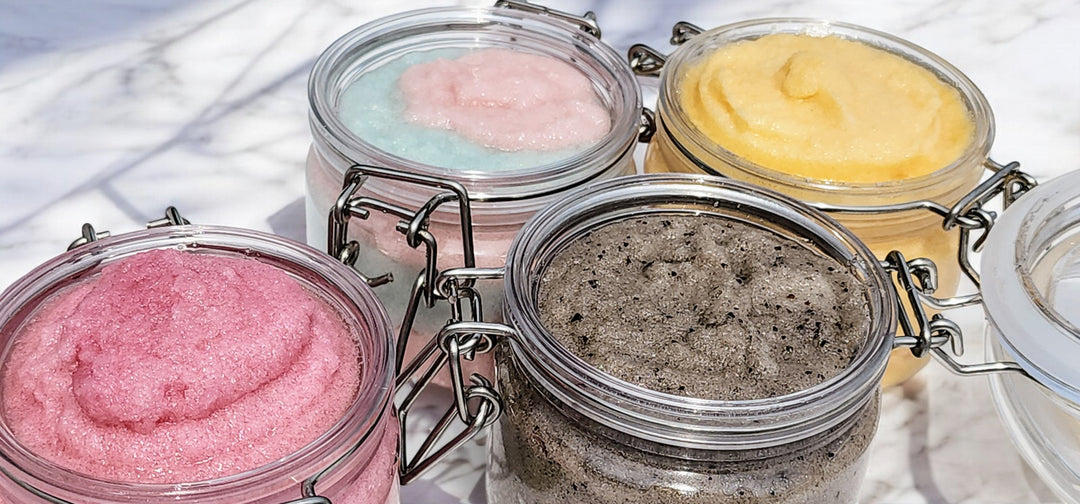
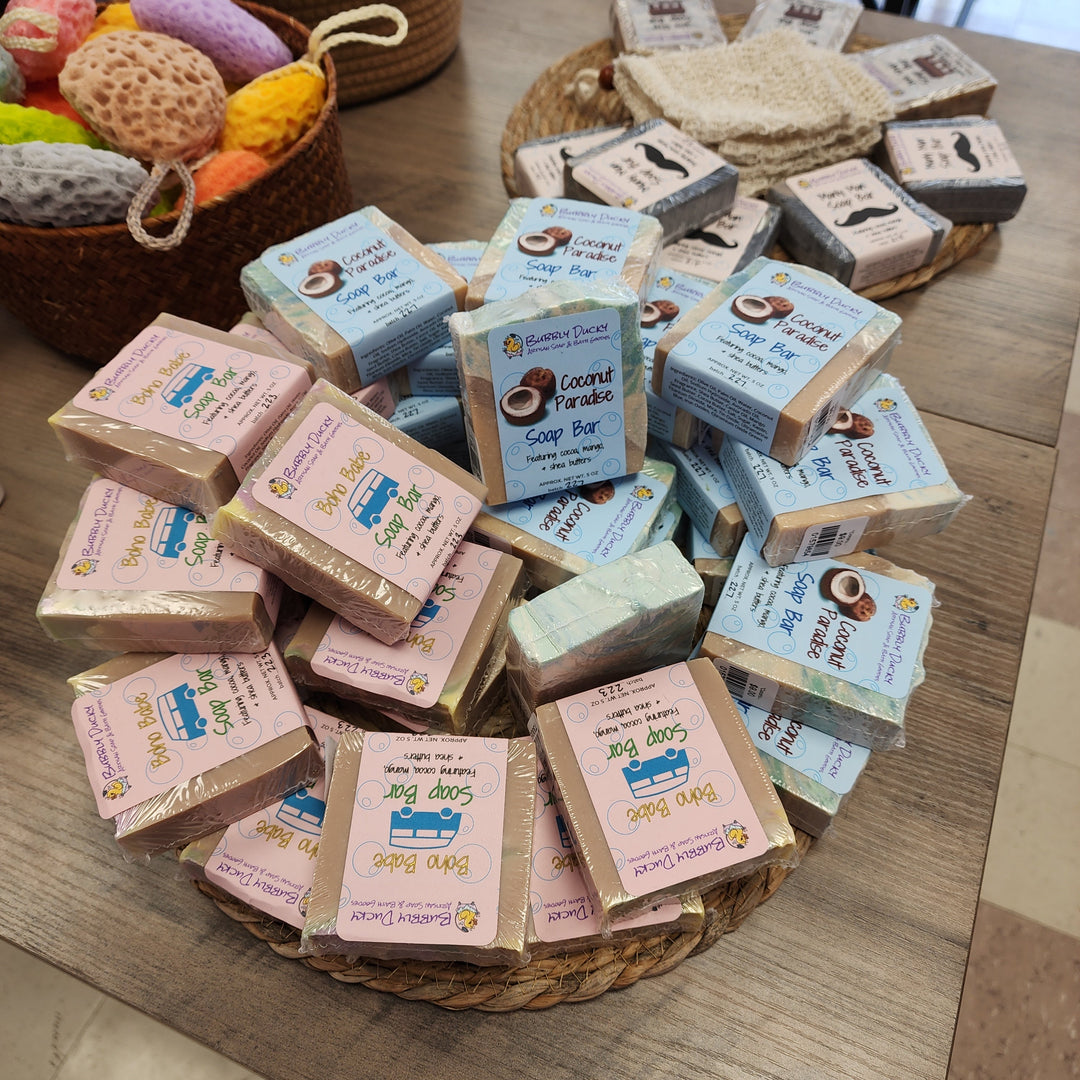
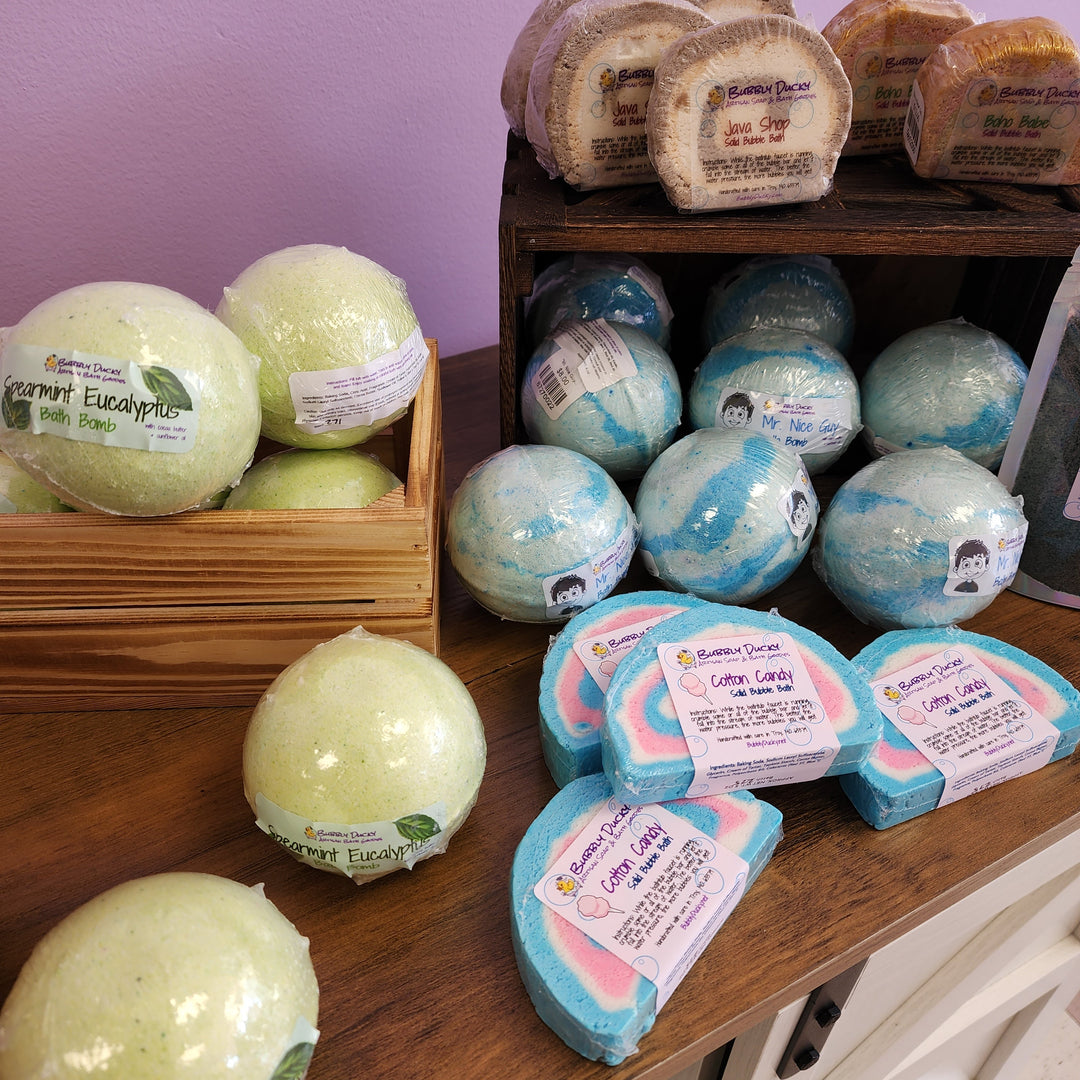
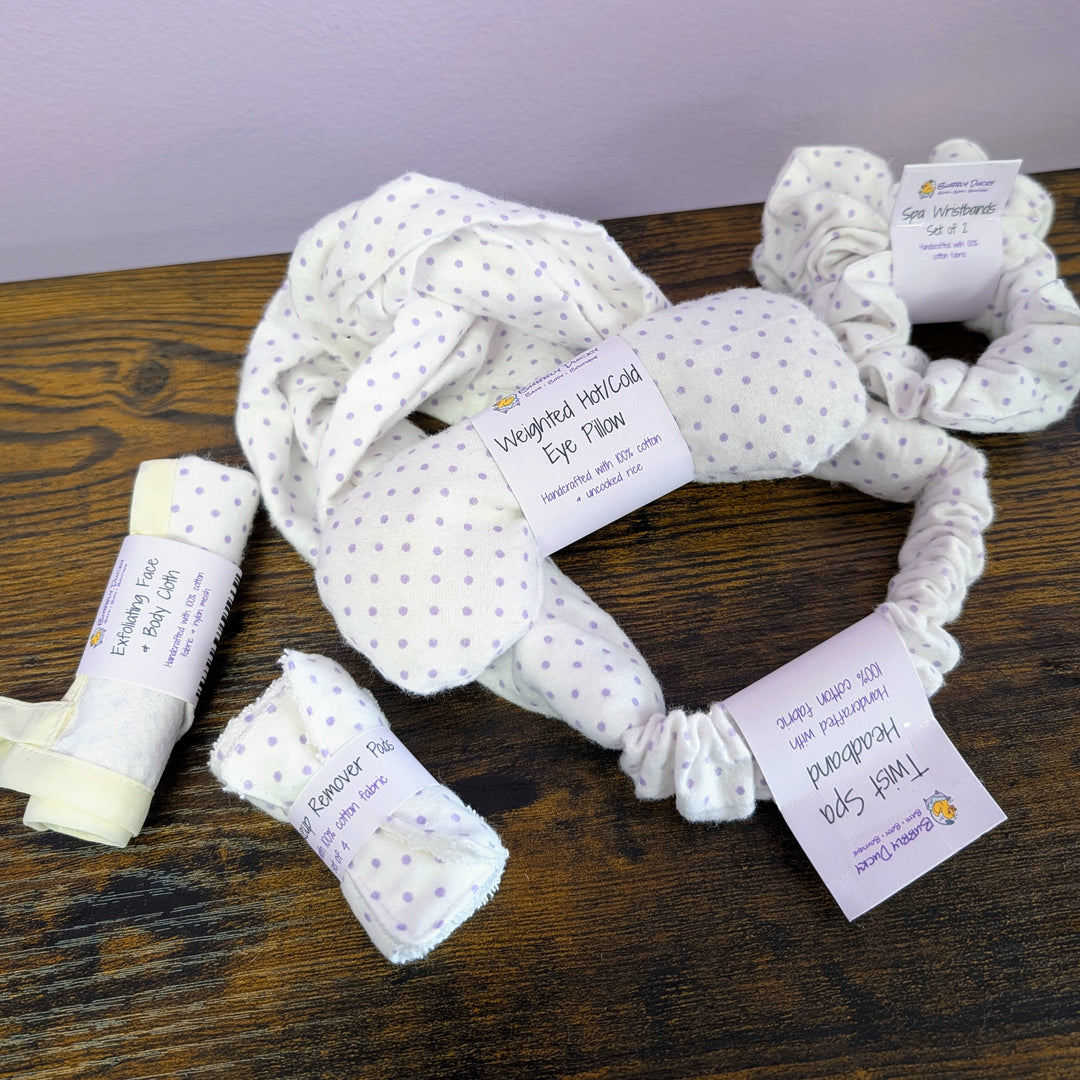
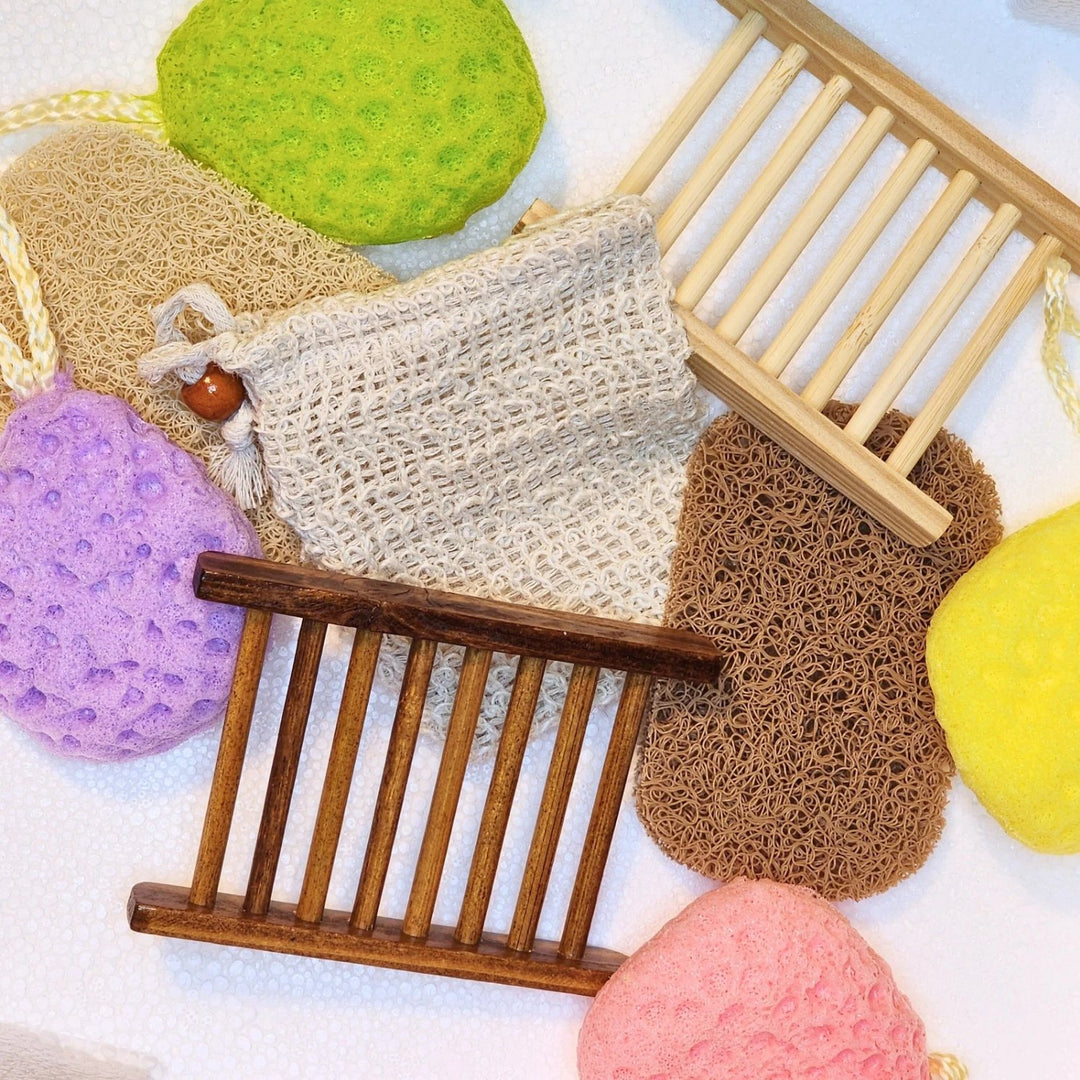

Leave a comment